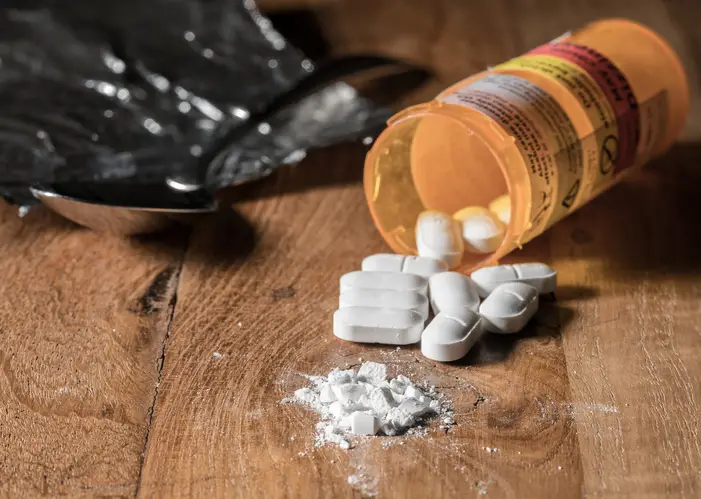For the first time in five years, Hawaii was not ranked the “#1 Healthiest State in America”. Instead, that honor went to Massachusetts.
The Bay State beat out other U.S. states based on its low percentage of uninsured residents, low prevalence of obesity, a decrease of children living in poverty and for having the highest concentration of mental health providers. The marks were part of a nationwide report by the American Public Health Association, a Washington, D.C.-based organization for public health professionals.
This study was the 28th annual report put out by the organization. It researches 35 measures for “policy, clinical care, behaviors, community and environment, and outcomes to measure the progress of individual states and identify emerging health trends.”
The New England states Vermont and Connecticut also landed in the Top 5 at third and fifth place respectively. Across the board, Massachusetts saw progress between 2016 to 2017, when it was ranked second behind Hawaii.
“Massachusetts has steadily progressed from No. 11 in 1990 to No. 4 in 2012,” the report stated. Commenting on the report in a Boston Globe story, Massachusetts Governor Charlie Baker said that the report “highlights the notable progress that our state is making to improve the health and well-being of every individual living in the Commonwealth”
For the Association “health” meant more than just not being sick. Their study defines it as “a state of complete physical, mental, and social well-being and not merely the absence of disease or infirmity.”
Improvements Across the Board
- High Concentration of Healthcare Providers
- 547.3 per 100,000 population (the highest in the study)
- More than 200 primary care physicians per 100,000
- More than 80 dentists per 100,000
- Lowest percentage of uninsured at 2.7 percent of the population
- 25 percent decrease in smoking prevalence over the past five years
- 38 percent decrease over two years of children in poverty in the state
Healthiest State Almost the Deadliest State Too
The study noted, however, that the mortality rate in the country as a whole is on the rise, with more and more people dying “premature deaths.”
“This recent rise is concerning, particularly after the premature death rate declined dramatically by 20 percent from 1990 to 2015,” the study said.
Massachusetts ranks second in increases in drug-related deaths at 69 percent – an additional 8.1 deaths per 100,000 population. This likely wouldn’t come as a surprise to Massachusetts residents, though, as the state grabbed headlines in February 2017 as the Department of Public Health reported that 2,000 people were believed to have died from opioid overdoses in 2016 alone.
“Opioids killed or were suspected of killing five times more people than died in car crashes,” the Boston Globe reported then.
Fentanyl, an opioid that is used by doctors as a pain medication that can also be mixed with other medications to work as an anesthetic, was blamed as the main culprit. The Globe reported that a synthetic fentanyl is often mixed with heroin or sold as an alternative, but that it is also 50-100 times more powerful than heroin on its own.
Massachusetts Public Health Commissioner Dr. Monica Bharel told the Boston Globe that the findings are “not unexpected” and that “she said she derives hope from the multifaceted efforts the state has put forth to cope with the problem, including restrictions on opioid prescribing, adding 500 treatment beds, and a campaign against stigma.”
A July 2017 story followed a U.S. Drug Enforcement Administration (DEA) report that said that New England had “the highest rate of fentanyl-related deaths in the nation while creating a plague that the area’s top drug enforcement official describes as ‘like no other epidemic’ he’s ever seen.”
Not Just Street Drugs
Whereas a growing number of street drug-related deaths added to that statistic, overprescribing medication in Massachusetts has been highlighted as a problem as well.
A Boston doctor pleaded guilty in March 2017 to dispensing more than 1,100 oxycodone prescriptions a month. That’s more than what some of the largest hospitals prescribe in Massachusetts. One medical assistant of his was quoted as saying “only about 5 percent of his patients had legitimate medical conditions.”
However, the Boston Globe also reported that Massachusetts doctors were prescribing fewer pain medications by the middle of 2017.
We’ll have to see what the next report from the American Public Health Association finds in its 2018 report.




